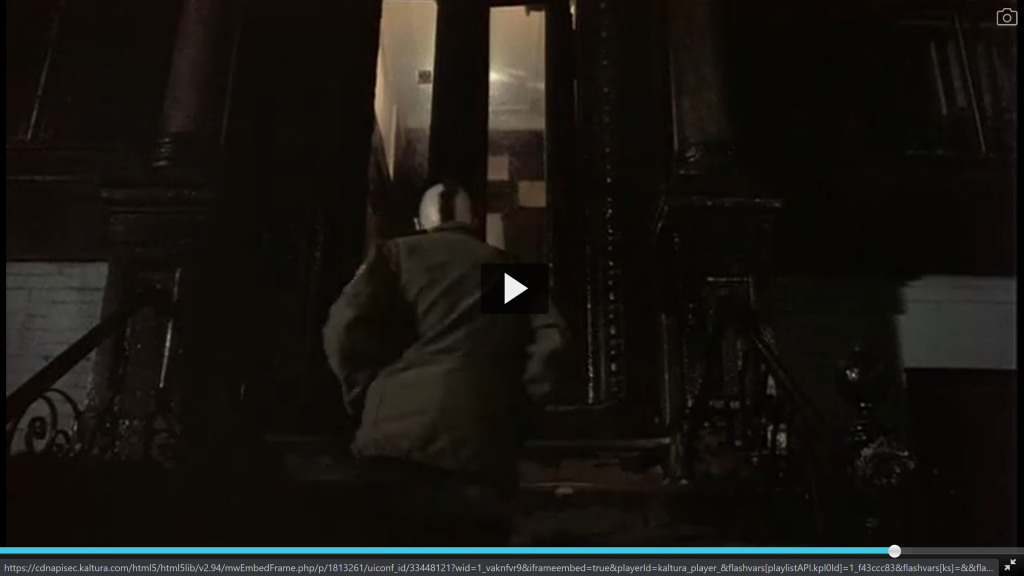
Taxi Driver is deeply interested in lines. Vertical, horizontal- it makes quite a difference. Travis would love to rise out of reach of ascending moral degenerates. Like a rich man for whom class equality means the loss of identity, Travis wants to maintain the ability to self-identify as relatively moral. Yet his taxi can only drive horizontally: this is no flying car.
As Travis assembles his warrior persona, the film emphasizes the importance of lines to Travis’ motivations and way of viewing the world. The sequence begins with Travis literally pulling himself up, then messing around with the angle of a finger on his face. During prop construction, the film offers close ups of sliding and line-cutting.
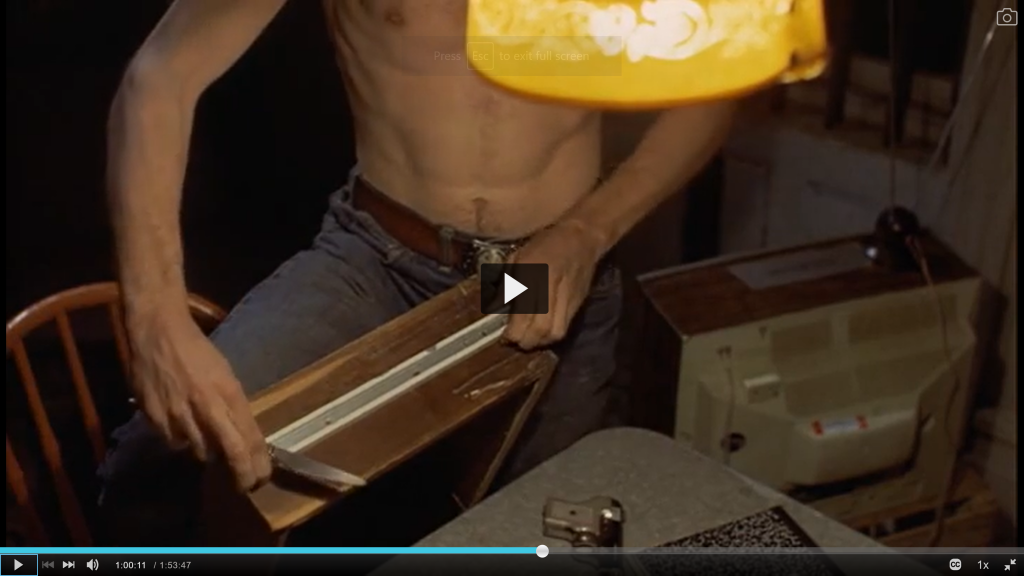
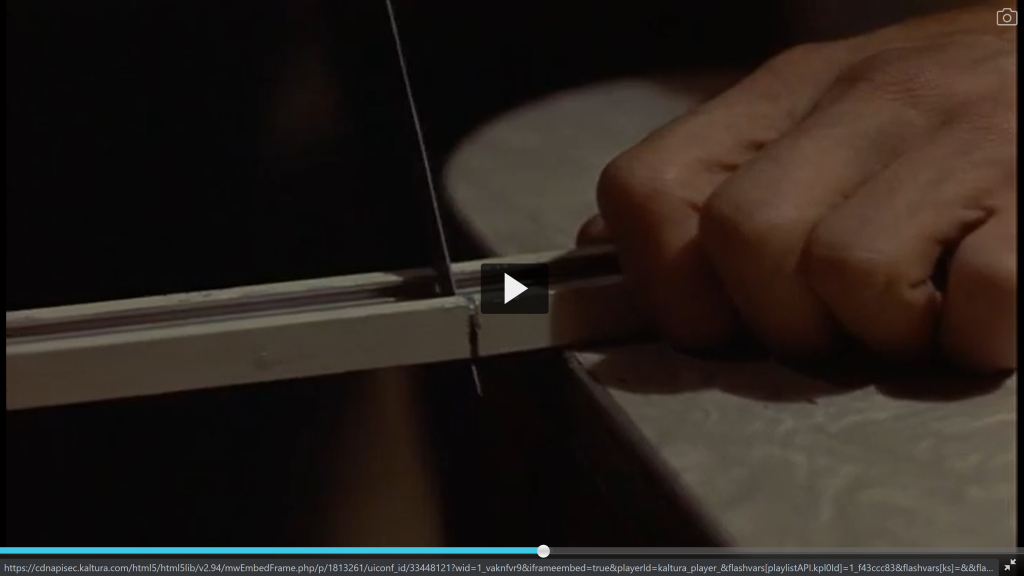
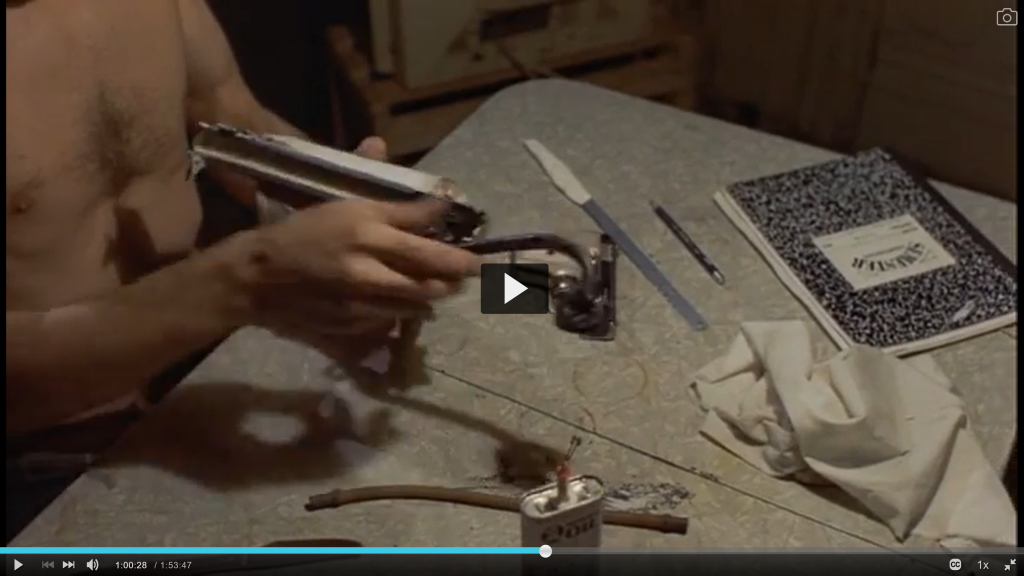
The presentation of hammering seems threatens this pattern, but we only see enough actual hammering to set the scene. Rather, we are treated to Travis’ face as he focuses on his work, and to the blade sinking its line into a bullet. The camera lingers on an extreme close up of the finished bullet.
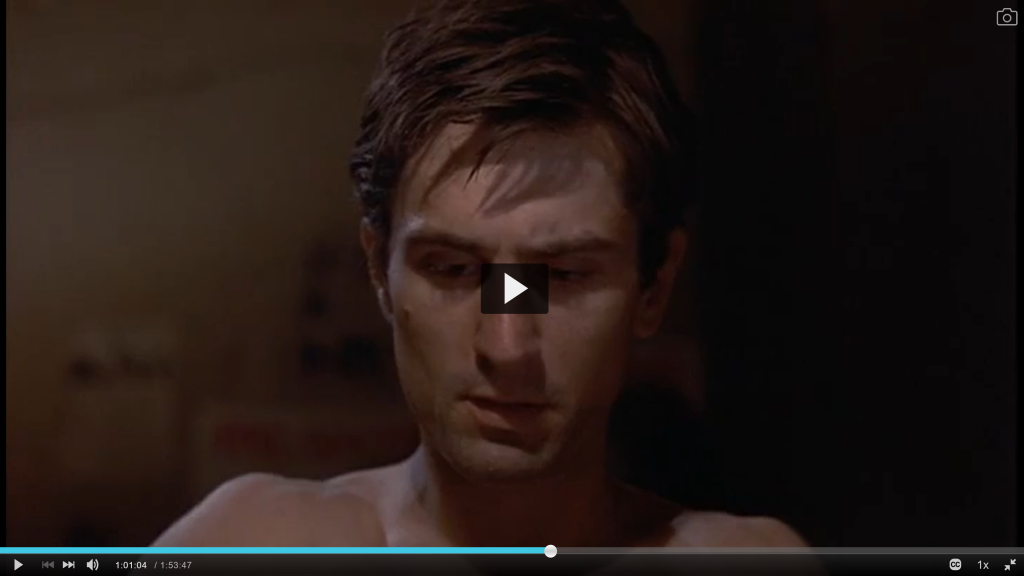
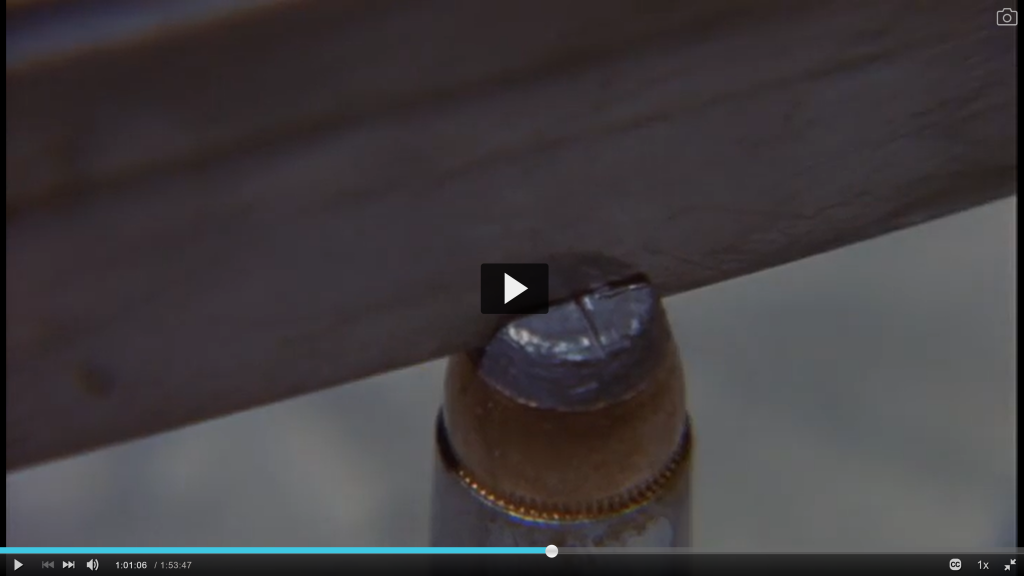
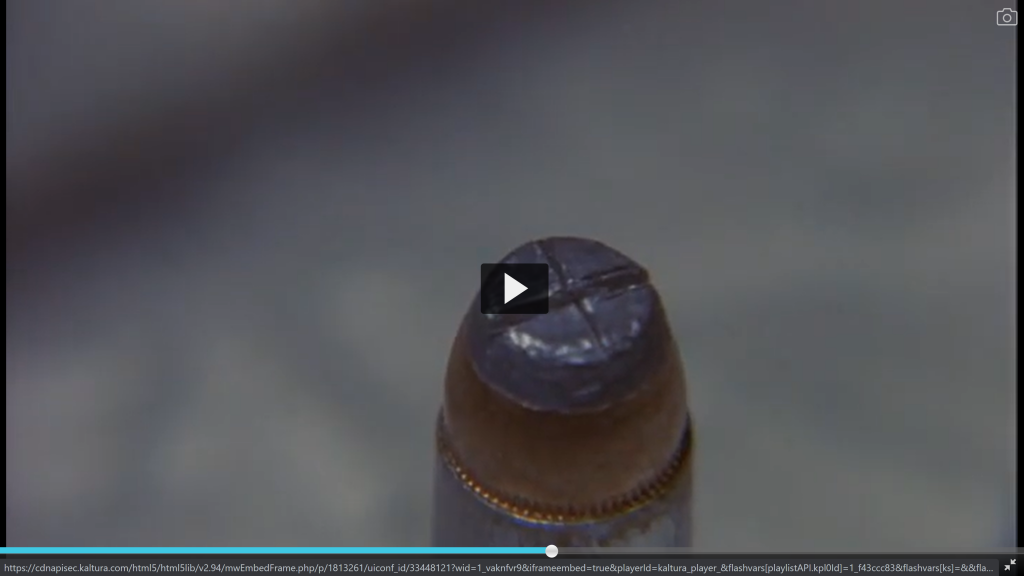
The bullet’s crossed lines suggest martyrdom, sure, but also draw attention to Travis’ struggle between vertical aspirations and horizontal realities. With this struggle in mind, we cut into a crowd. It’s tight in here, hard to breathe with the people pressing around you. Perhaps by murdering the guy on the platform, Travis can get some air.
